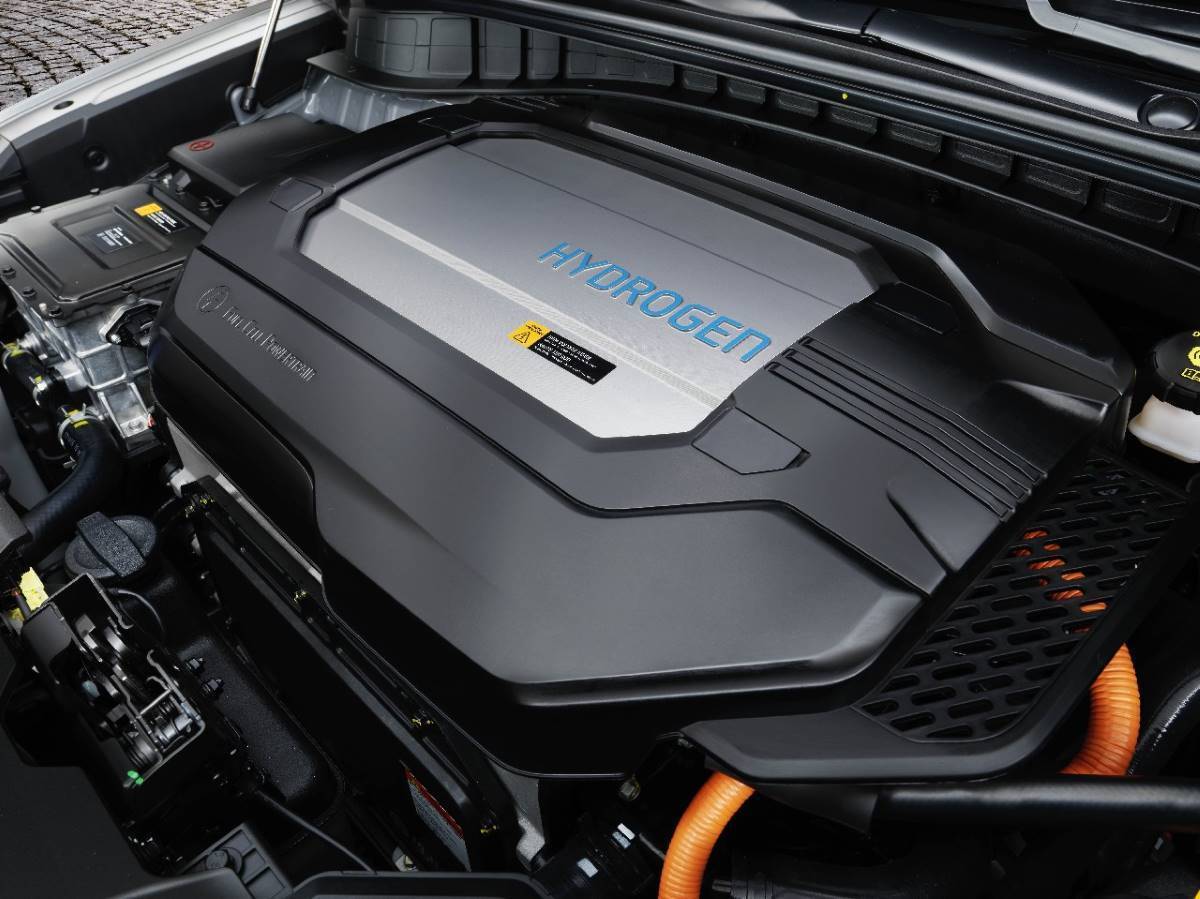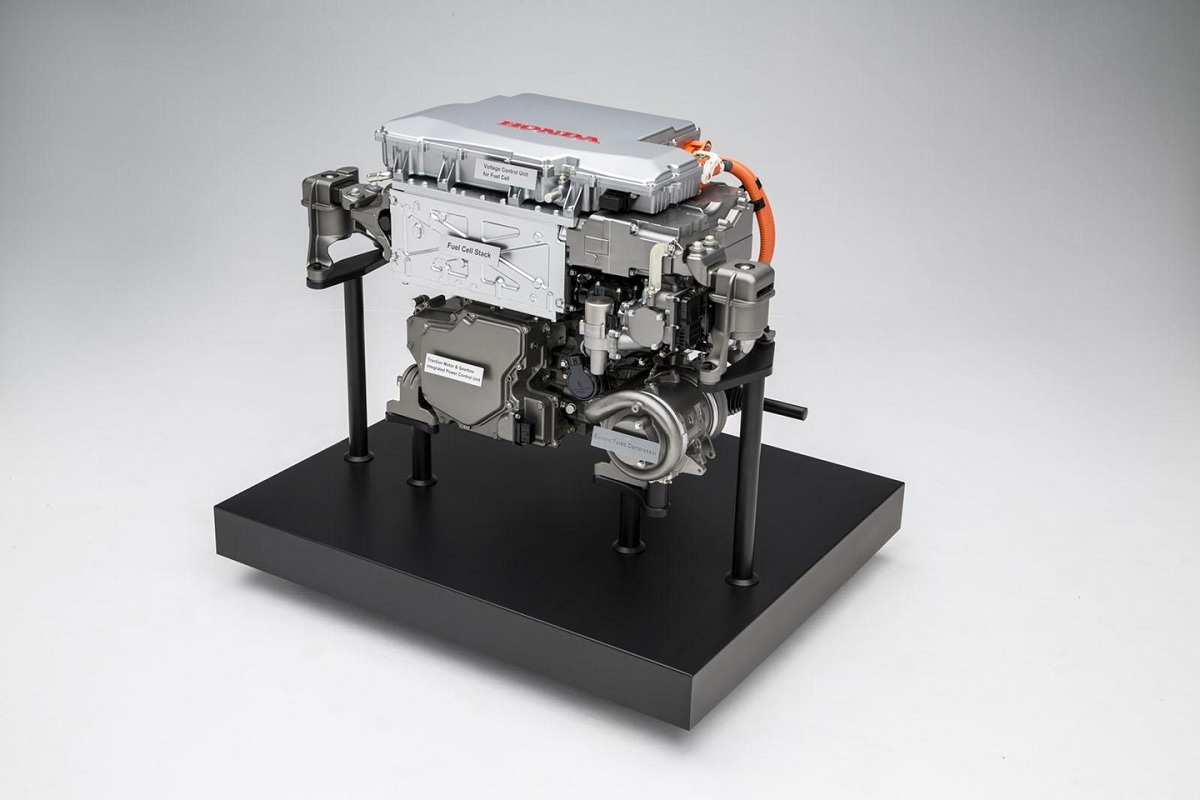
When we talk about future energies, hydrogen as fuel always comes to mind. In this case, the hydrogen cell it has always been present in almost any conversation that has to do with renewable energy and the energy transition. In an energy transition where you want to reduce the consumption of fossil fuels, you need sustainable mobility in a city. This is where it is essential for the transition to take place using the hydrogen cell, since it can be key in cars without greenhouse gas emissions, in addition to other sectors.
Therefore, we are going to dedicate this article to tell you everything you need to know about the life of hydrogen and its characteristics.
What is a hydrogen fuel cell

When we talk about a hydrogen fuel cell, we mean an electrochemical device that is capable of converting the chemical energy of the fuel it stores into electrical energy. This fuel that is stored to later be transformed into electrical energy is hydrogen. Therefore, the hydrogen cell can be used to power any device that has these characteristics.
The most widespread application of the hydrogen battery today is to power the motor of an electric car, although it is not the only one. As long as the cell has fuel, it is capable of supplying energy and, when it is empty, it can refill again.
Key features
Let's analyze what are the main parts of a hydrogen cell:
- Anode: it is the negative part of the pile. It is known by the name of the negative pole and is responsible for conducting the electrons that are released from the hydrogen so that they can be used by the external electrical circuit.
- Cathode: a is the positive pole of the battery. It is responsible for distributing the oxygen to the surface of the catalyst and driving all the electrons back. It is thanks to this process that they can be recombined.
- Electrolyte: it was made of a material treated in such a way that it can only conduct ions that are positively charged. The electrolyte can eventually block electrons.
- Catalyst: It is a material that is responsible for facilitating the chemical reaction between oxygen and hydrogen. This reaction is necessary to be able to generate electricity. The most normal thing is that it is made of a very thin layer of platinum nanoparticles on carbon paper or cloth.
Operation of a hydrogen cell

Once we know the main characteristics and the parts of a hydrogen cell, we are going to see how it works. We know that pressurized hydrogen enters the cell from the anode side. When hydrogen enters it forces this gas through the catalyst by pressure. When the hydrogen molecule comes into contact with platinum, which is part of the catalyst component, splits into 2 protons and 2 electrons.
The electrons are conducted through the anode until they reach the external circuit. It is here where they are in charge of carrying out the necessary work to feed the energy of what is being granted. For example, it can be in charge of feeding an electric motor. Once the energy source has been fed, they return to the battery through the cathode part. Once we are at the cathode, oxygen passes through the catalyst and forms two oxygen atoms that are highly negatively charged. This negative charge attracts the protons from before and they combine together with two electrons that return to the external circuit. All of this forms a water molecule.
Advantages

We are going to analyze what are the advantages that hydrogen batteries have with respect to other fuels based on renewable energies. Some of the reasons why this fuel is superior to other options are the following:
- They do not produce polluting emissions: As we have seen the description of the operation of the battery, hydrogen plus oxygen generates electricity and then water vapor. We know that water vapor is a greenhouse gas but it is harmless. This is because it is a natural greenhouse gas.
- It is more efficient than combustion engines: not only helps to avoid polluting, but also transforms chemical energy into electricity more efficiently. The combustion engine must convert the chemical energy of fuel into heat and this mechanical energy that is capable of moving an engine. This produces a phenomenon known as a thermal bottleneck. This phenomenon is limited by the direct conversion of energy that the hydrogen cell does.
- They have no moving parts: having no stationary part makes it much more reliable than a combustion engine. In a combustion engine there are many parts that can break down.
- Hydrogen can be produced in a much more environmentally friendly way- Unlike fossil fuels, hydrogen can be produced in a cleaner way. This contributes to making it a much greener energy alternative.
Disadvantages of the hydrogen cell
As with almost any source of energy, whether renewable or not, there are also some drawbacks. And it is that this type of alternative source of energy presents a series of challenges that, for the moment, prevent it from being widespread throughout the world. Let's see what these disadvantages are:
- Its price is high: Although hydrogen is quite abundant, making it useful in the form of a battery is still uneconomical with current technology.
- It is flammable: the safety of the hydrogen fuel cell remains a concern as it can catch fire at any time.
- It is difficult to store and transport: Unlike what happens with other fuels such as coal, it is more difficult to store and transport.
Hydrogen can be produced cleanly from water, but it is an energy-intensive process. At present, the most economical procedure is to extract hydrogen from natural strikes coal. For this reason, the vast majority of hydrogen that is produced comes from fossil fuels, so it could not be considered completely renewable energy.
I hope that with this information you can learn more about the hydrogen battery and its characteristics.